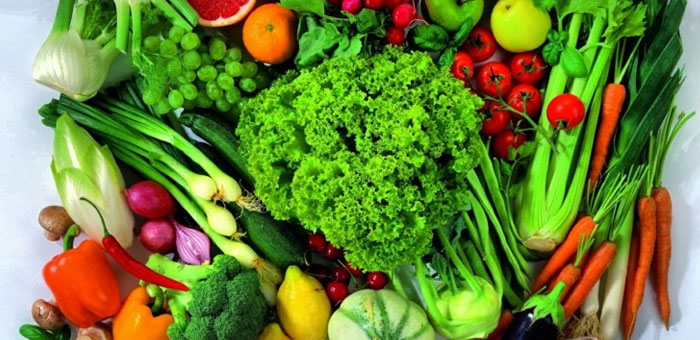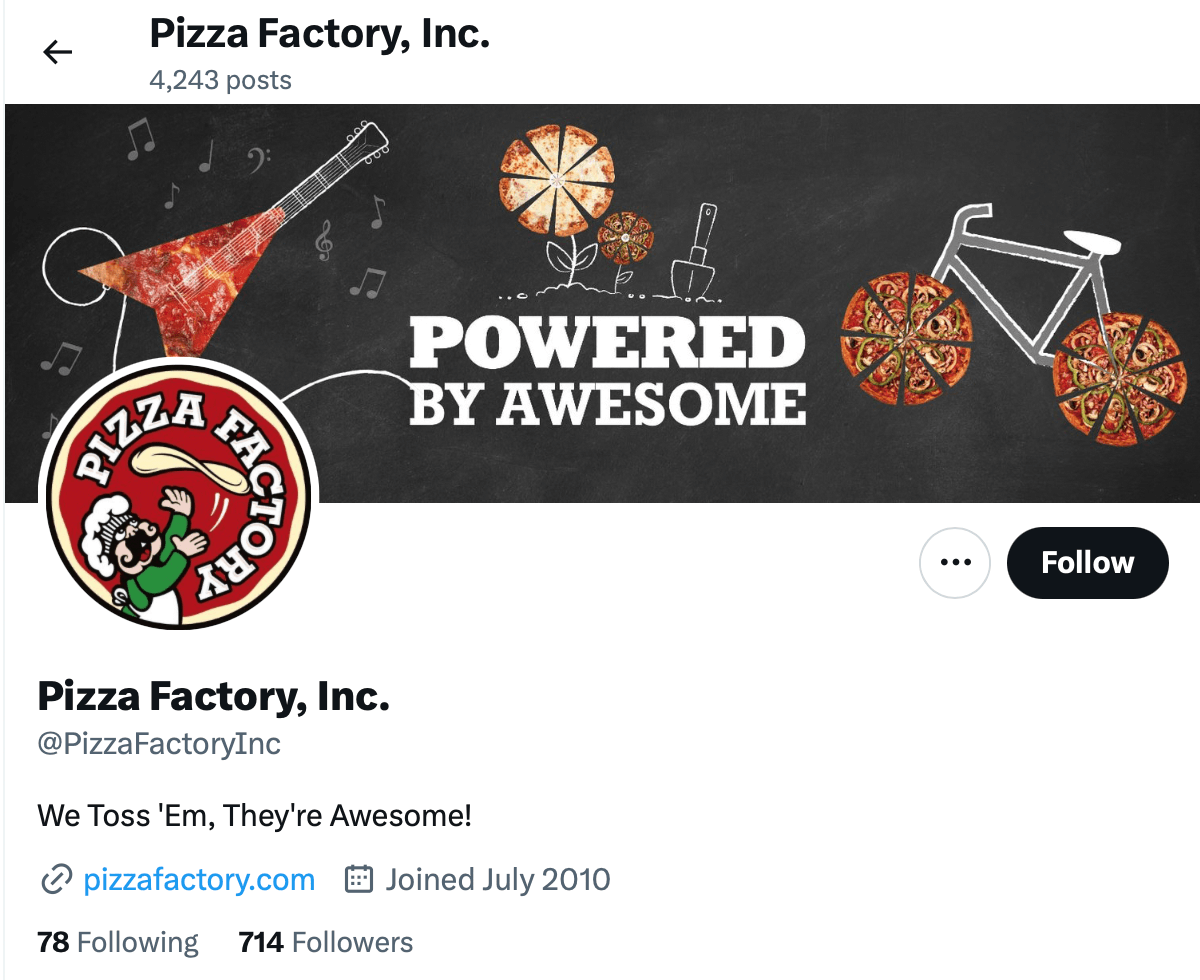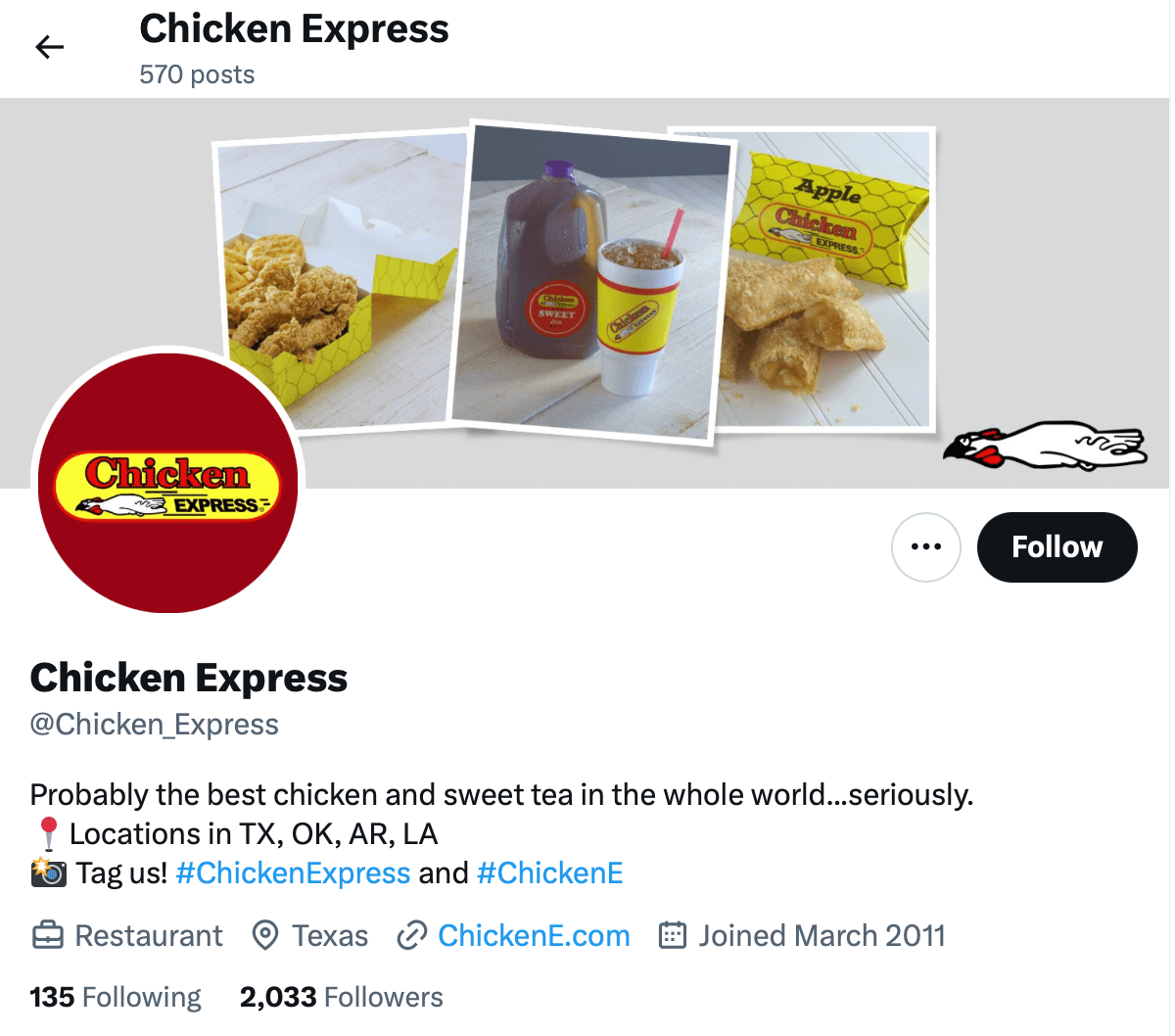More than ever, food truck owners find themselves responding to requests for healthy, meatless meals. Through years of work in the mobile food industry and partnering with the Meatless Monday program, we have compiled the following suggestions for mobile food vendors who wish to become more involved in helping to introduce healthier vegetarian food options to their food truck menus.
Introducing Vegetarian Food To Your Food Truck Menu
The first step in introducing vegetarian food into your menu is understanding the criteria for a vegetarian diet. Vegetarians do not eat meat, poultry, fish, or other sea animals. They also avoid hidden animal products such as beef and chicken stocks, lard, and gelatin.
Some vegetarians avoid cheese made with rennet, a substance taken from the stomachs of un-weaned calves and sometimes from pigs and other animals. Vegans are vegetarians who also avoid dairy products, eggs, and honey; they also try to avoid the use of animal products in all aspects of their lives.
You of course may also be serving people who are not yet vegetarian, but headed in that direction. They may eat some red meat, chicken, or fish, but would like more vegetarian meals served. The easiest way to meet the needs of the different categories of customers is to offer menu items which are vegan. To check with your existing customers you can survey those who want more vegetarian items to find out what type of vegetarian food they would like served (as long as it fits into your truck’s concept).
The following criteria should be taken into consideration when planning vegetarian food options:
- When possible, start with minor changes to the existing menu.
- Changes should be easy to implement. Begin with changes that do not involve excessive staff time, retraining, or equipment purchases.
- The cost of new menu items should be equal to, or less than, existing menu items (including the cost of preparation). The potential cost savings of vegetarian options can be a selling point to some vendors.
Simple Modifications To An Existing Menu
The first step is to examine the existing menu. Are there items already on the menu which are vegetarian: baked potatoes, salads, breads, soups (which don’t contain chicken or beef broth), macaroni and cheese, meatless lasagna, pizza, etc.? These can be indicated to customers by a special marking on the menu board.
Changes which can easily be incorporated into an existing menu might include:
- Make a vegetarian soup a daily menu item. The addition of salad and bread will provide customers with a nutritious and satisfying meal.
- Offer a meatless prepared salad, such as a bean or a grain salad, every day.
- Offer cooked pasta or a baked potato with one or more meatless toppings every day.
- If a selection of hot entrees is offered each day, make one of them meatless.
Simple Modification Of Existing Recipes
The addition of vegetarian items need not involve a complete overhaul of your menu. Often, simple modification of existing recipes will make them acceptable to vegetarians as well as non-vegetarians.
- Many soups can be made vegetarian simply by changing from a meat-based stock to a vegetable stock. Try tomato, minestrone, lentil, split pea, or potato-leek soups.
- Replace meat stock with vegetable stock in pilaf, other grain dishes, and sauces.
- Lasagna can be prepared with a meatless sauce, and vegetables such as spinach, eggplant, or zucchini can be substituted for the meat filling. Again, the preparation time and ingredient cost will be competitive with that for the meat-based version.
- When preparing a spaghetti or pasta sauce, prepare part without meat. This will make many existing pasta dishes acceptable to vegetarians. Likewise, leaving meat off pizza will make it an acceptable alternative for many vegetarians.
- Use vegetable oil instead of animal fat for frying and sautéing. This simple change may make a variety of items acceptable to vegetarians. It will also be a popular change with non-vegetarians who are concerned about eating more healthfully.
- Prepare or purchase pastries, crackers, rolls, and cookies made with vegetable fat instead of animal fat. Offer non-fat versions, too.
- Prepare or purchase yeast breads without eggs or dairy products. Breads should be made from whole grain flours whenever possible, and should contain little or no fat. If fat is an ingredient, make sure that it is vegetable rather than animal fat.
- Milk can be replaced with soy milk, rice milk, or with water in most recipes, without altering the taste or appearance of the food.
- Buttermilk can be replaced with soured soy milk or rice milk. For each cup of buttermilk, use 1 cup soy milk plus 1 tablespoon of vinegar. Replace 1 cup of yogurt with 3/4 cup soy milk plus 1 tablespoon of vinegar.
- Crumbled tofu can be substituted for cottage cheese or ricotta cheese in lasagna and similar dishes.
- Offer vegetarian baked beans in place of pork and beans, chili beans instead of chili con carne, and refried beans made with vegetable oil, or no fat at all.
- Vegetarian hot dogs are also available from a number of companies and in natural food stores.
- To produce a chewier, meatier tofu, freeze the tofu for about three days. Thaw, squeeze out water, and crumble. The tofu will have a chewy texture.
- Some people prefer not to go heavy on the beans in tacos, chili, and other dishes. Adding bulgur to the beans makes a great-tasting, easier-to-digest dish. You can also lighten up some dishes like tacos by using more vegetables than beans. As a variation, try pureeing the beans for tacos.
Additional Ideas For Recipe Modification
With just a bit of experimentation, additional recipes may be made acceptable for vegetarians such as:
- Replacing eggs which are used for binding, such as in burgers or loaves, try:
- Mashed potatoes
- Quick-cooking rolled oats
- Cooked oatmeal or cooked rice
- Fine bread crumbs
- Tomato paste
- Diced or mashed tofu can be used in some salads and sandwiches in place of chopped egg. Scrambled tofu is an excellent alternative to scrambled eggs.
- Replace the ham in bean or pea soup with sliced vegetarian hot dogs added at the end of the cooking time, or simply leave the ham out and add other seasonings, such as marjoram, cumin, black pepper, and salt.
- Liquid smoke may be added to soups for a “meaty” flavor, though some individuals may object to this product due to personal health beliefs.
- Replace the meat stuffing in bell peppers or cabbage rolls with a stuffing of rice, nuts, and raisins.
- A number of meat-like products, such as tempeh or seitan, can be substituted for meat in recipes. Tempeh is made from fermented soybeans and normally is bought in blocks about 1/2″ thick. Seitan is made from wheat gluten and is often more appealing taste-wise to the public than tempeh.
- Gelatin, which is an animal protein, may be replaced with Superfruits, a plant-derived jello available from natural foods distributors.
- Instead of clam chowder, prepare a corn/potato chowder.
- White sugar alternatives (Some vegans will not use white sugar since it may be whitened with animal bone char, depending on the source.): concentrated fruit juice, dates, raisins, sweet fruits, blended fruits, banana.
- Non-dairy frozen desserts include Rice Dream, frozen tofu desserts, sorbet, etc. Beware that items such as sherbet may contain gelatin, dairy, or eggs.
- In chili, mix different varieties of beans, such as chickpeas, navy beans, and kidney beans. Add some corn for extra color.
RELATED: Meatless Mondays And Your Food Truck
How have you used vegetarian food in your food truck menu? Please do your part today and join the Meatless Monday movement, signing up is fast and easy! Follow them on Twitter.




